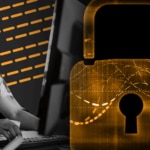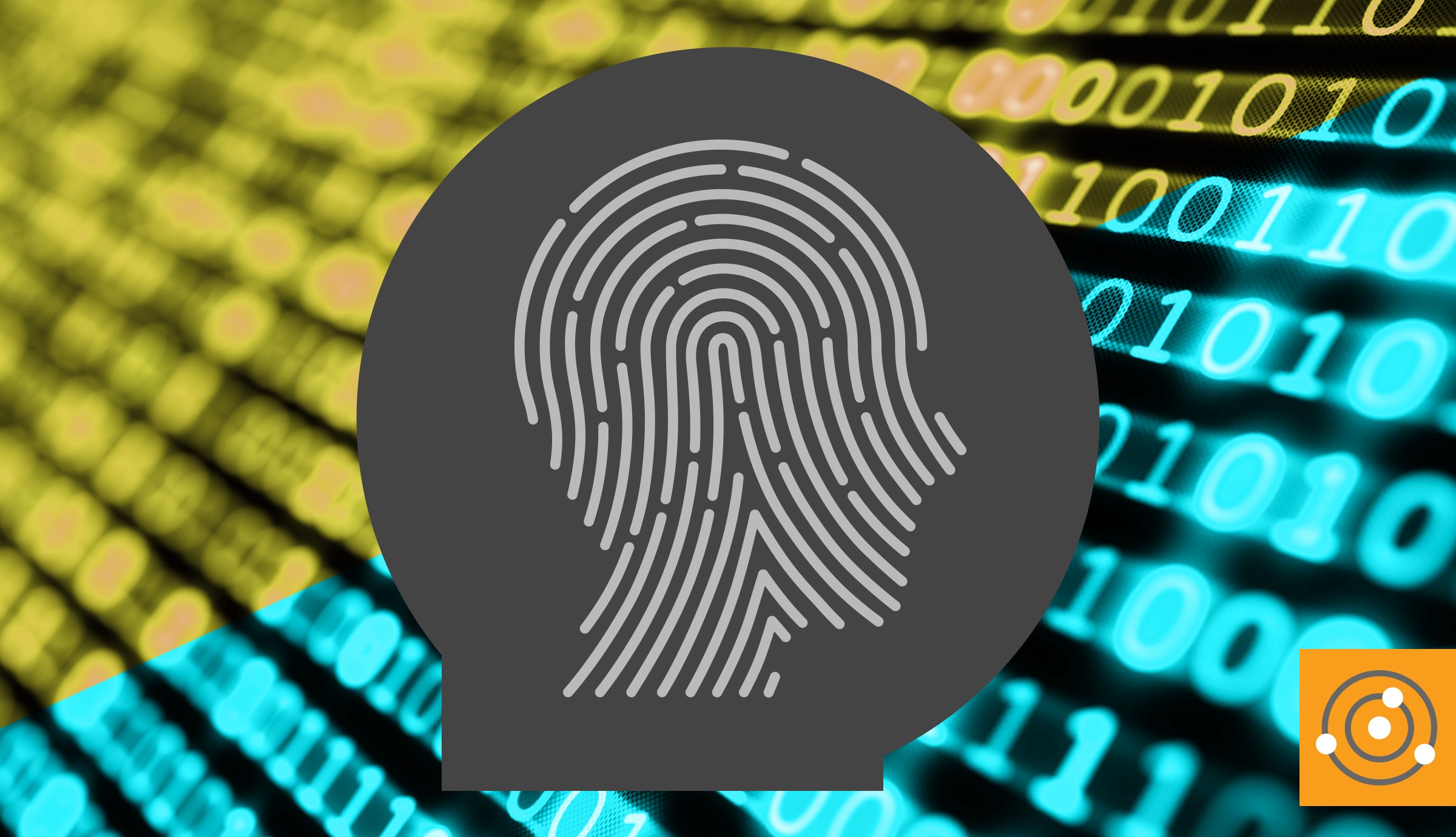With one of the largest threats to a company’s security and privacy being
its own employees, having employees work remotely only adds to the risk. While this year’s
Verizon Data Breach Investigations Report chalks it up to internal errors rather than intentional malice, the threat remains. Many corporations have sent employees to work from the confines of their homes, creating a greater need for protection against data and security breaches. Having employees in the office means having a substantial amount of control over data security and privacy and minimizing threats, but what steps should be taken to minimize a data breach when a team isn’t directly under the company network?
Make the Most of Remote Devices
Remote devices may not be an option for every company, but boy can they help. Sending everyone home with a secure laptop means not having to worry as much about data breaches. With security software pre-installed, organizations can see threats coming in, and fix them remotely before they cause any real damage.
Issued devices can be a way for businesses to keep control, but how are companies making sure the assets their employees are working on are still tied to the corporate network and not saved to somebody’s personal hard drive? There are several routes for companies to take when looking for a way to protect their data while working from home.
Monitor and Manage From Afar
If a business doesn’t have the means to supply each of their employees with a protected device, the least they can do is provide software to monitor and protect those personal devices. Tools like
N-able® Remote Monitoring and Management (RMM) help corporations to monitor and protect employees’ devices. With remote software, companies will be able to monitor their network from afar and receive any alerts for potential threats. Since the remote software is cloud-based, businesses won’t have to deal with hands-on installation, and can instead install the tools online.
A virtual private network (VPN) is another common way to protect a business’ data remotely. A VPN allows teams to
access secure company networks without putting information at risk. VPNs can be accessed from remote or personal devices, allowing flexibility to companies without the option of sending each employee home with their own work laptop. VPNs help protect employees who may need to use public Wi-Fi or those who don’t have access to the in-office network.
Network Segmentation and Endpoint Protection
Since not every company can send each of their employees home with a protected laptop, they’ll have to find a way to protect their information. This can be also done through
network segmentation. If there’s an unrecognized IP address trying to log in to the VPN or company system, instead of completely denying the device access, it can be segmented to a restricted access area, keeping sensitive data out of the wrong hands.
Endpoint protection can also be a great way to keep a businesses’ remote devices safe, while allowing a small amount of access to those who need it. If a company hasn’t already incorporated endpoint protection into their daily software, they should heavily consider it. Allowing a business to recognize malicious activity in code, this type of protection helps manage remote devices and even offers offline protection. By installing endpoint protection, corporations can actively work to detect threats and automatically prevent cyberattacks.
Consider Secure Cloud-Hosting Services
Microsoft is dependable for their cloud-hosting services like OneDrive and Microsoft 365. By using outsourced hosting services, companies can relieve themselves of the stress of trying to keep up with their documents and storing them safely. Cloud-hosting services make it easy for businesses to protect their assets without having to do the manual labor. Companies should be sure to inform their employees to save any sensitive documents to these cloud-based storages, so important assets aren’t left sitting in a personal storage folder or inaccessible if their remote device decides to crash.
Current Protection From Ransomware and a Dash of Common Sense
When looking for ways to protect their remote devices and data, companies should look to the software and tactics they used in office. Businesses should consider finding a way to transfer their previous protection to all remote devices if they aren’t already protected. This can save them the hassle of trying to learn a new protection software and save on installation costs.
Companies should also remember their employees are human. Reminding teams of simple best practices like staying off unprotected public Wi-Fi or waiting to send an email with sensitive content until they’re under a secure network can do wonders for avoiding data breaches. Training employees to avoid phishing tactics can also be a great way to protect a company’s data during remote work. Emails from the boss asking employees to send money to a Nigerian prince should be an immediate red flag. As an unsuspected threat, companies must always remember to monitor and manage their employees’ activity as they would with outside threats, keeping their data safe from the inside out.







